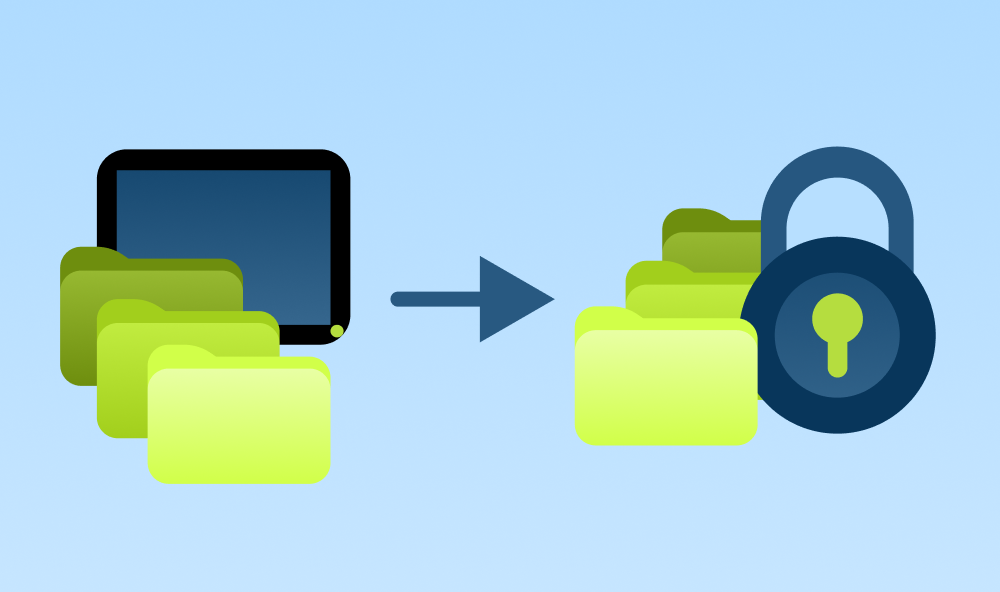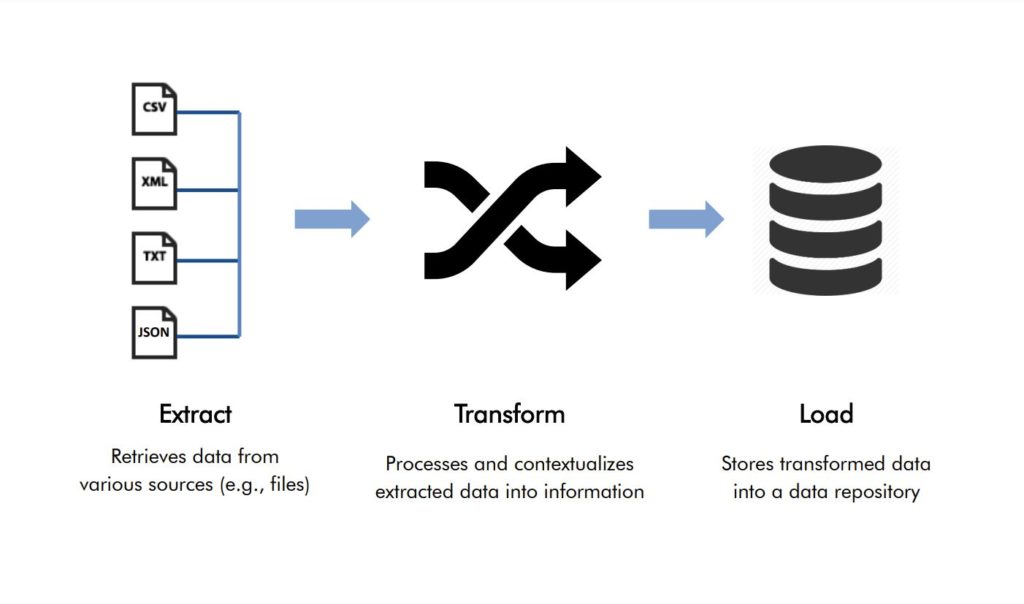
What is ETL?
Curious about our new InfoBatch® InfoETL solution but unsure what “ETL” actually means? We’ve written a brief guide on ETL so you can better understand how InfoETL can help you manage your isolated data.
What is ETL?
ETL is an acronym for Extract, Transform, Load. ETL is a process where data is extracted from a source, transformed (organized and contextualized, for example), and loaded into a final data store.
How does ETL work?

Each step of the ETL process performs a different function.
1. Extract: Raw data is extracted from the source system. Typical inputs in a GMP setting include CSV, XML, SQLite, and JSON files from a variety of devices, including instruments and analyzers, equipment skids and HMIs.
2. Transform: The extracted data is transformed into a more useful, readable format.
3. Load: The newly organized and useful data is stored in its end target, a secure repository.
How is ETL relevant to GMP compliance?
Numerous manufacturing systems generate text files that, if not handled appropriately, cause data integrity vulnerabilities. The potential risks on product integrity and release can be significant. Data files may also contain valuable operational information that cannot be effectively utilized without additional processing. One way to manage these files and ultimately get them into a GMP compliant format is with an ETL framework.
How does Informetric use ETL?
Informetric uses ETL in our InfoBatch InfoETL solution. Visit the product page to learn more about InfoBatch InfoETL.

